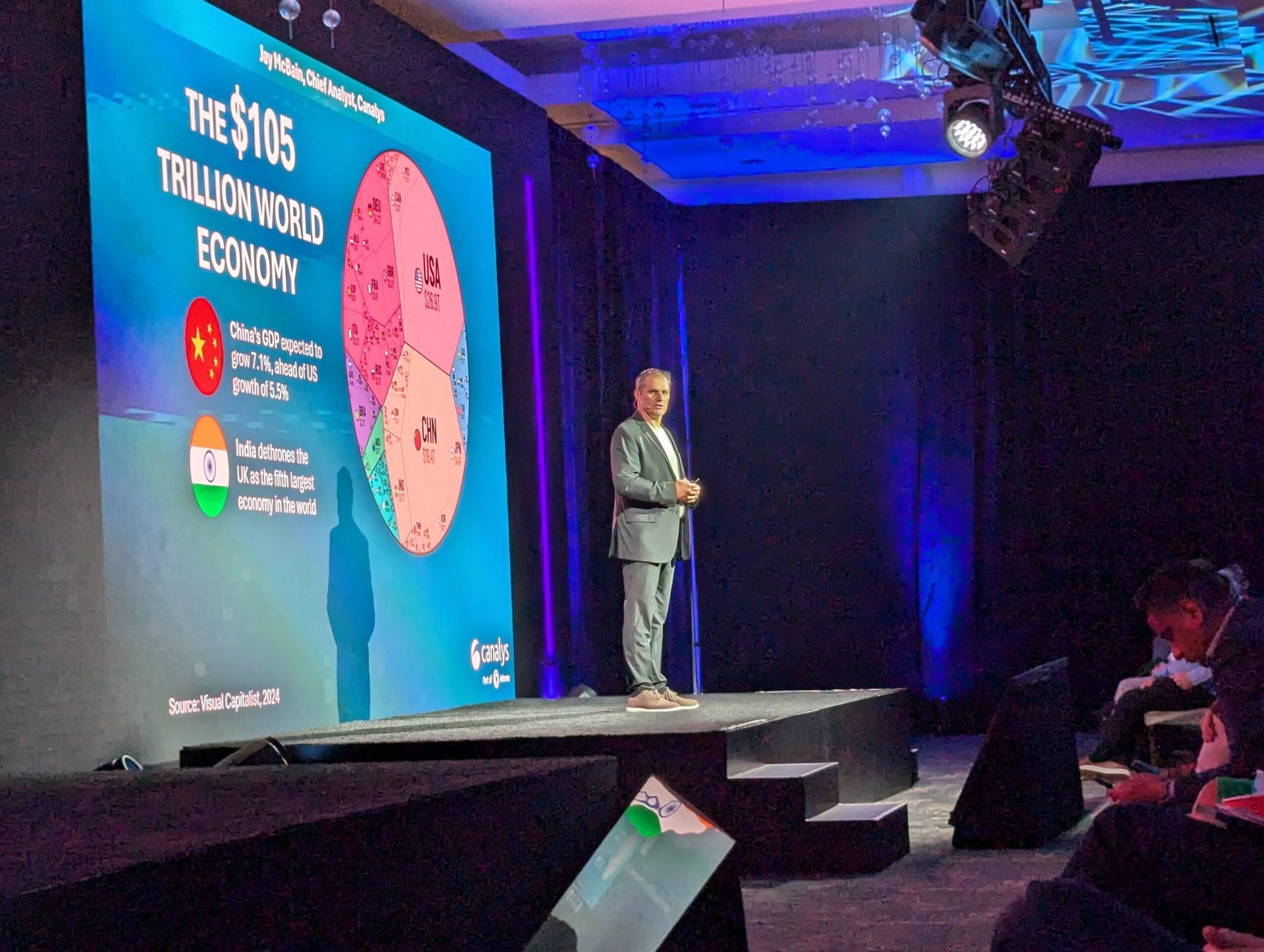Big Data: Is it a hype, waiting for it’s potential to fully blossom, or is it still in its infancy, sleeping until woken by the kiss of adulthood and then bursting into life?
I don’t have the exact answer to that. I do see a lot of companies building the foundations of big data platforms, hoping that they can come up with the right questions to answer, with the use of insights from data. There are definitely some good examples in the industry where companies really benefit from better insights by providing better user experience or operational efficiency.
On the other hand I still see a lot of companies struggle, still busy building new reports and thinking about their data strategy, first building a data warehouse, or already relying on the principles of creating a data lake.
The Big Data Gap
One thing I definitely know is that big data is still far away from the regular business user. One could argue that big data is already all around us, in the use of applications, which leverage combinations of different kinds of data around us. For instance, the debate could be whether a company like Uber or AirBnB could be considered big data companies, aggregating data from millions of users, cabs, and house owners to provide the perfect match to the user.
But to the regular user, it is still something very unfamiliar. They are still relying on the reports, which are generated from traditional ERP systems, or with a bit of luck, from reporting tools on top of those ERP systems.
What could we do to create a breakthrough? Could the DIY movement be brought to the Big Data & Analytics area?
It has certainly worked in some other areas. For instance, the 3D printing business. Of course, 3D printing had already been invented and was in existence, but the start of the DIY 3D printing race really made it possible for this business to flourish. It’s funny to notice that it was spurred by the possibilities from crowd-funding, making it possible for the first DIY 3D print companies to start building their business.
A great documentary call ‘Print the Legend’ is available on Netflix, in case you are interested to know more.
The same goes for Internet of Things (IoT). One could argue that IoT is no longer a new thing, but to many it is still a starting business. Many industrial applications are in place, but the real fun kicked in when Arduino and Raspberry Pi brought the IoT fun into the living room, making it possible to build whatever you want. Here the real statement is “the limit is your imagination”. A TED talk by one of the Arduino founders provides insight into what people are already inventing.
As mentioned in one of my earlier blogs here, I spent a good part of my summer building Arduino projects with my sons aged 12 and 15 years, thereby bringing IoT and programming into their hands. Not only could they build the projects, they really started to understand the power of IoT and programming, and the different applications that would enrich their lives. At least in their opinion…
Do It Yourself
Coming back to the Big Data world… When we think about DIY BI, we are most of the time limited to the sometimes-expensive toolkits from the industry. Not always cheap and thereby only in the hands of limited number of users, the so-called power users. I will not state that every single user could be a big data analyst; therefore the rise of a whole new profession is currently taking place. But with the power to at least witness what big data could mean and how data visualization could lead to new insights, it would be something that could grow the demand for big data from the user perspective. My sons are also not the new Internet of Things gurus, but have at least started to value the meaning of IoT, thereby also driving demand (if only we could have some IoT ‘clean your room’ project examples).
From a developer perspective, a lot is already possible. Through API’s we can connect to super computers like IBM Watson, and leveraging HTML libraries we can tap into fancy visualizations that can really enhance and enrich our applications. But you need true developer power in order to create this.
Will there be a rise of inexpensive, open-sourced toolkits that will spur the demand for big data and spur people to create their own magic? Whether that will happen, I don’t know. But you only have to look at the accelerated growth DIY brought to the 3D printing and Internet of Things space to imagine the possibilities.
Frank Wammes is CTO for application services, Continental Europe, at Capgemini. Read all Capgemini blog posts on ChannelE2E here.




